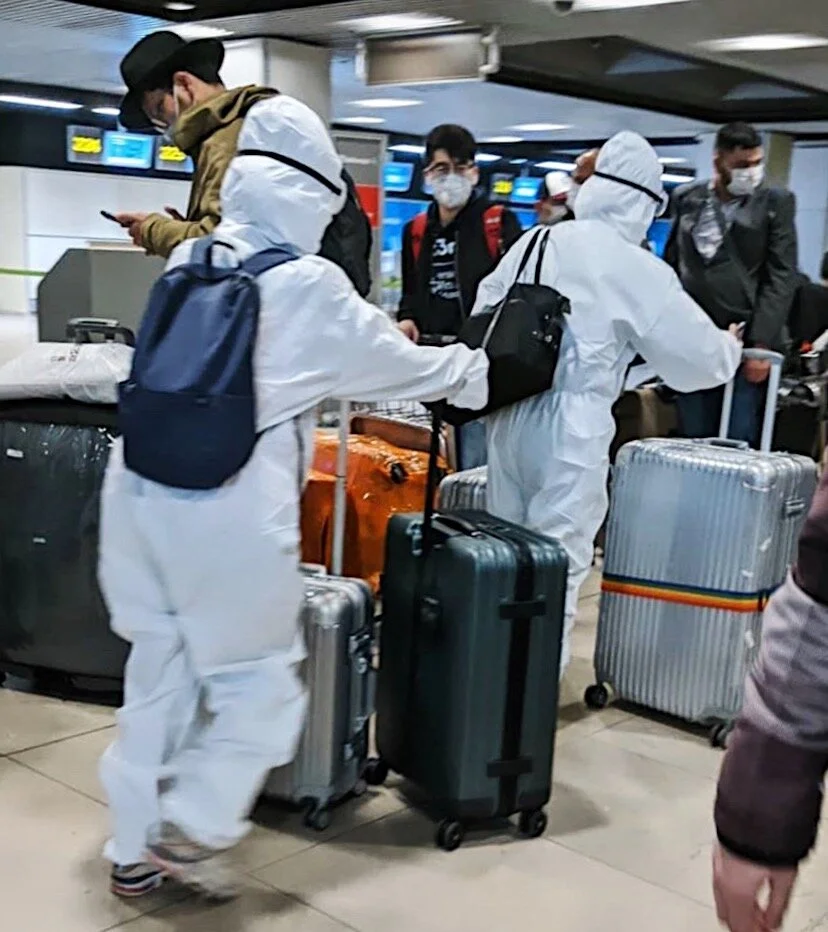As countries around the world continue to maintain flattened curves of COVID-19 cases and begin the process of reopening their borders to visitors, many have enacted restrictions and bans on entry for all United States citizens. The U.S., a country which has not flattened the curve, has seen its number of COVID-19 cases increase to over 3 million as of July 8, the highest in the world for any country.
The European Union and the non-EU nations of Iceland, Norway, Switzerland and Liechtenstein began the process of allowing foreign visitors into their respective borders on July 1. This initial list of 15 countries highlights the cautious standards set by the EU to limit the spread of the virus by foreign travelers arriving from countries experiencing surges of COVID-19 cases.
According to the Council of the EU, a country that is to be considered for the travel restrictions to be lifted must include: “[the] number of new COVID-19 cases over the last 14 days and per 100,000 inhabitants [be] close to or below the [June 15] EU average, stable or decreasing trend of new cases over this period in comparison to the previous 14 days, [and the country’s] overall response to COVID-19 taking into account available information.”
These travel restrictions do not apply to travelers with “an essential function or need” in Europe. Likewise, the EU will review the situation every two weeks and may add or remove countries from the list of those whose travelers are permitted to enter the aforementioned European countries.
While the EU is the latest governing body to bar U.S. citizens from travel to the region, others have had similar restrictions in place for a much longer duration of the ongoing pandemic. Cuba, a country which notably shut its borders to all non-Cuban citizens on March 20 and flattened its curve early on, extended its suspension of all international flights to August 1.
New Zealand, a country which has virtually eradicated COVID-19 within its borders, imposed similar travel restrictions to those of Cuba. The nation essentially barred all foreign travelers from entering the country at the beginning of the pandemic, and will continue to uphold these restrictions for the foreseeable future.
China, where the COVID-19 outbreak began, has not imposed an official ban on U.S. travelers entering the country. However, all international travelers entering China are subject to COVID-19 screening upon entry and a mandatory 14-day quarantine at either a government-selected facility or hotel at the traveler’s expense.
The U.S. Department of State’s Bureau of Consular Affairs continues to update its travel database daily with any new information in regard to travel restrictions and COVID-19 cases around the globe. While the Trump administration has not officially restricted U.S. citizens from traveling abroad, the Centers for Disease Control and Prevention discourages any form of nonessential travel.
Jacob Sutherland
is a recent graduate from the University of California San Diego where he majored in Political Science and minored in Spanish Language Studies. He previously served as the News Editor for The UCSD Guardian, and hopes to shed light on social justice issues in his work.







